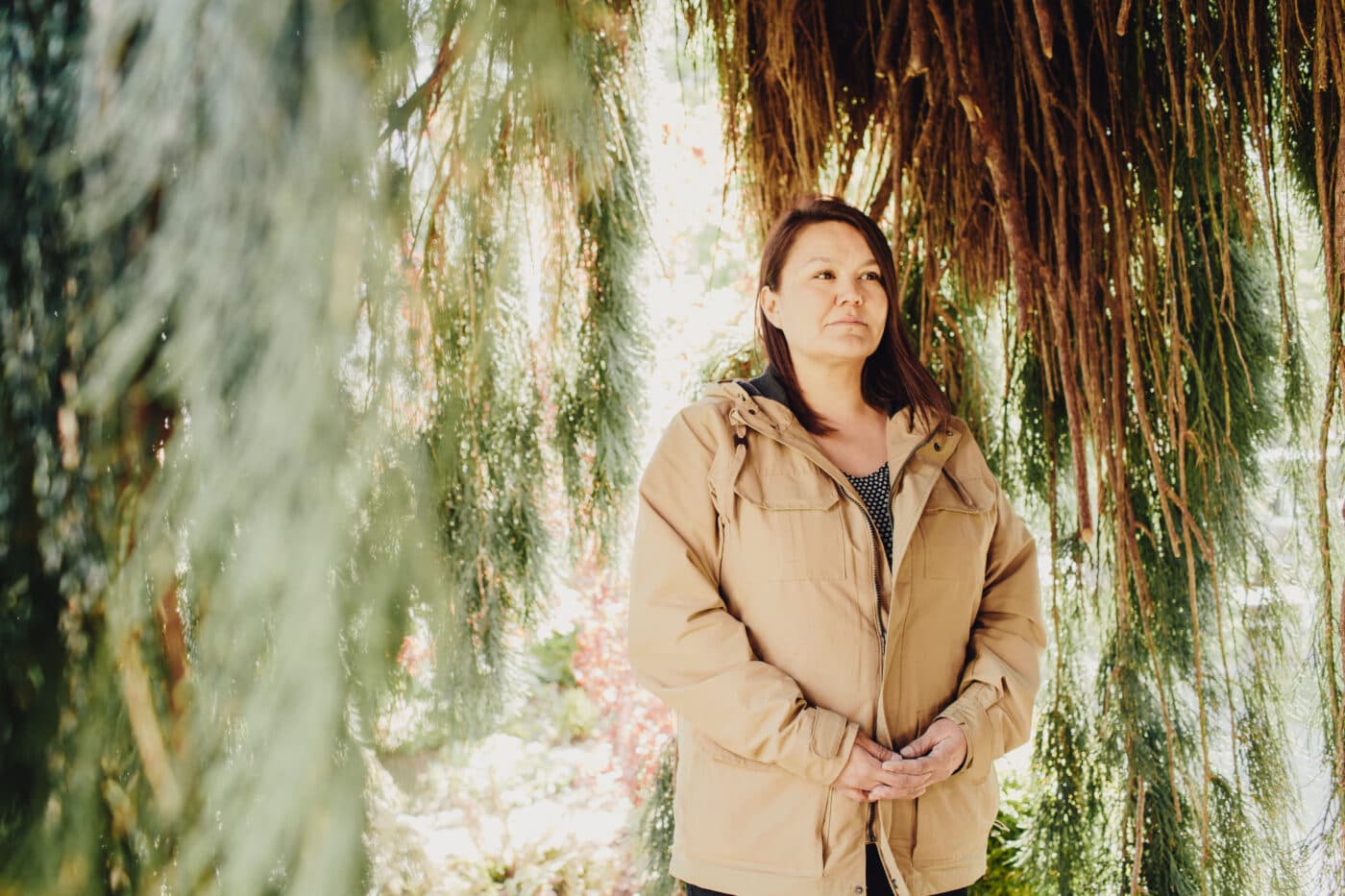Global warming likely to double or triple incidence of forest fires
By Stephen Leahy / Inter Press Service
Rising temperatures are drying out northern forests and peatlands, producing bigger and more intense fires. And this will only get much worse as the planet heats up from the use of ever larger amounts of fossil fuels, scientists warned last week at the end of a major science meeting in Vancouver.
“In a warmer world, there will be more fire. That’s a virtual certainty,” said Mike Flannigan, a forest researcher at the University of Alberta, Canada.
“I’d say a doubling or even tripling of fire events is a conservative estimate,” Flannigan told IPS.
While Flannigan’s research reveals forest fire risk may triple in future, a similar increase in peat fires will be far more dangerous. There are millions of square kilometres of tundra and peatlands in the northern hemisphere and they hold more than enough carbon to ramp up global temperatures high enough to render most of the planet uninhabitable if they burn.
A forest fire in Indonesia that ignited peatlands in 1997 smouldered for months, releasing the equivalent of 20 to 40 percent of the worldwide fossil fuel emissions for the entire year, he said.
“There is the potential for significant releases of carbon and other greenhouse gases (from future peat fires),” Flannigan said.
If peat fires release large amounts of carbon, then temperatures will rise faster and higher, leading to further drying of forests and peat, and increasing the likelihood of fires in what is called a positive feedback, he said.
When the increased fire from global warming was first detected in 2006, Johann Goldammer of the Global Fire Monitoring Center at Germany’s Freiburg University called the northern forest a “carbon bomb”.
“It’s sitting there waiting to be ignited, and there is already ignition going on,” Goldammer said according to media reports in 2006.
Flannigan’s research is based on climate projections for 2070 to 2090. Forests will be drier and there will be more lightning with rising temperatures. Around the world, most fires are caused by humans, except in remote regions like boreal forest and treeless tundra, he said.
Lightning sparked the 1,000-square-kilometre tundra fire fuelled by peat in Alaska’s Anaktuvuk River region in 2007. Lightning, once nearly unknown in the far north, is becoming more common as the region is now two to three degrees C warmer. Until the past decade, fire had largely been absent from the tundra over the past 12,000 years.
The Anaktuvuk River peat fire burned for nearly three months, releasing about two million tonnes of CO2 before it was extinguished by snow. That’s about half of the annual emissions of a country like Nepal or Uganda. Surprisingly, the severely burned tundra continued to release CO2 in the following years.
Peat can grow several metres deep beneath the ground. In fact, some peat fires burn right through winter, beneath the snow, then pick up again in the spring, said Flannigan.
About half the world’s soil carbon is locked in northern permafrost and peatland soils, said Merritt Turetsky, an ecologist at Canada’s University of Guelph. This carbon has been accumulating for thousands of years, but fires can release much of this into the atmosphere rapidly, Turetsky said in a release.
Over the past 10 years, fires are burning far more boreal forest than ever before. Longer snow-free seasons, melting permafrost and rising temperatures are large-scale changes underway in the north, Turetsky and colleagues have found.
Other researchers have shown that the average size of forest fires in the boreal zone of western Canada has tripled since the 1980s. Much of Canada’s vast forest region is approaching a tipping point, warned researchers at the Helmholtz Centre for Environmental Research, Germany’s largest research organisation.
This “drastic change” in normal fire pattern has occurred with a only a small increase in temperatures relative to future temperatures, the German researchers concluded in a study published in the December 2011 issue of The American Naturalist.
Worldwide, fires burn an estimated 350 to 450 million ha of forest and grasslands every year. That’s an area larger than the size of India.
The first-ever assessment of forest and bush fires’ impact on human health estimated that 339,000 people die per year from respiratory and other fire-related illness.
“I was surprised the number was this high,” said Fay Johnston, co-author and researcher at University of Tasmania, Hobart, Australia.
Half of the deaths were in Africa and 100,000 in Southeast Asia. Deforestation fires in the tropics are the worst when it comes to human health impacts, she said. Heavy smoke contains high volumes of tiny particles that are very damaging to the lungs and cardiovascular system and can produce heart attacks.
“It takes humans to burn a rainforest. This would be the easiest to stop compared to other fires,” Johnston told IPS.
Forest and bush fires result in many billions of dollars in material losses every year. Last year, fires in drought-stricken Texas resulted in at least five billion dollars in losses, while the Slave Lake, Alberta fire was Canada’s second worst disaster at 750 million dollars.
Future fires will be bigger and more intense and largely beyond our abilities to control or suppress, said Flannigan.
“Virtually all of Russia, Canada, the U.S.” will be impacted, he said.
From Inter Press Service: http://www.ipsnews.net/2012/02/warming-to-ignite-the-carbon-bomb/

